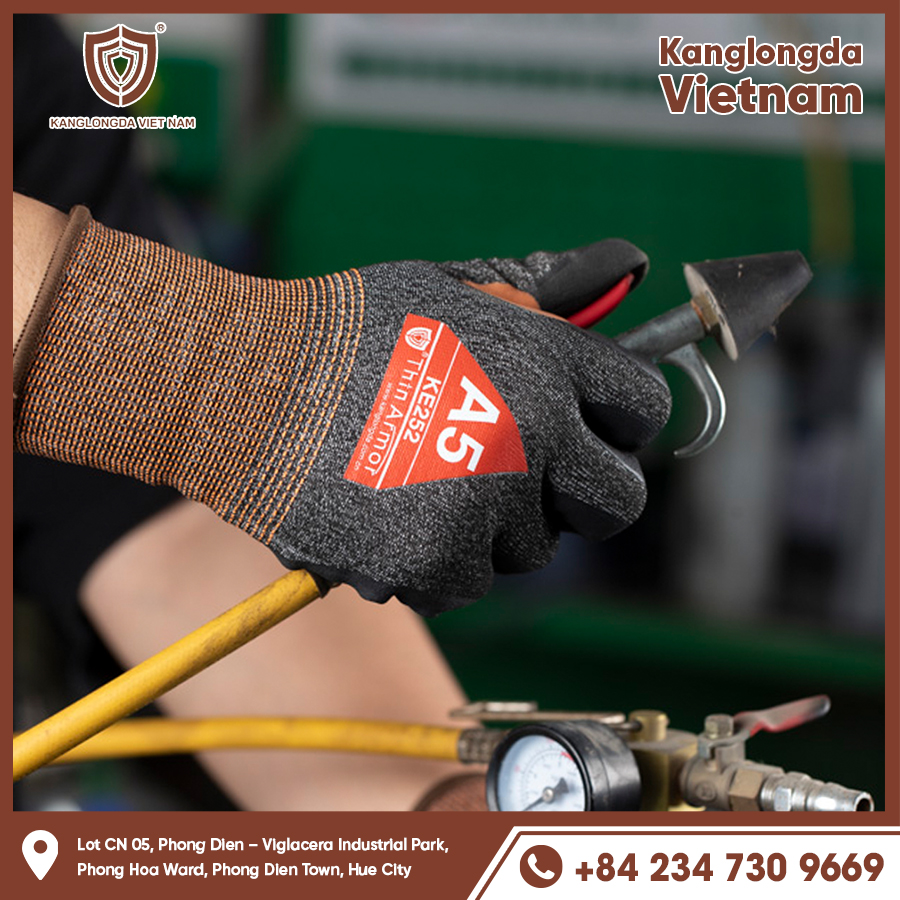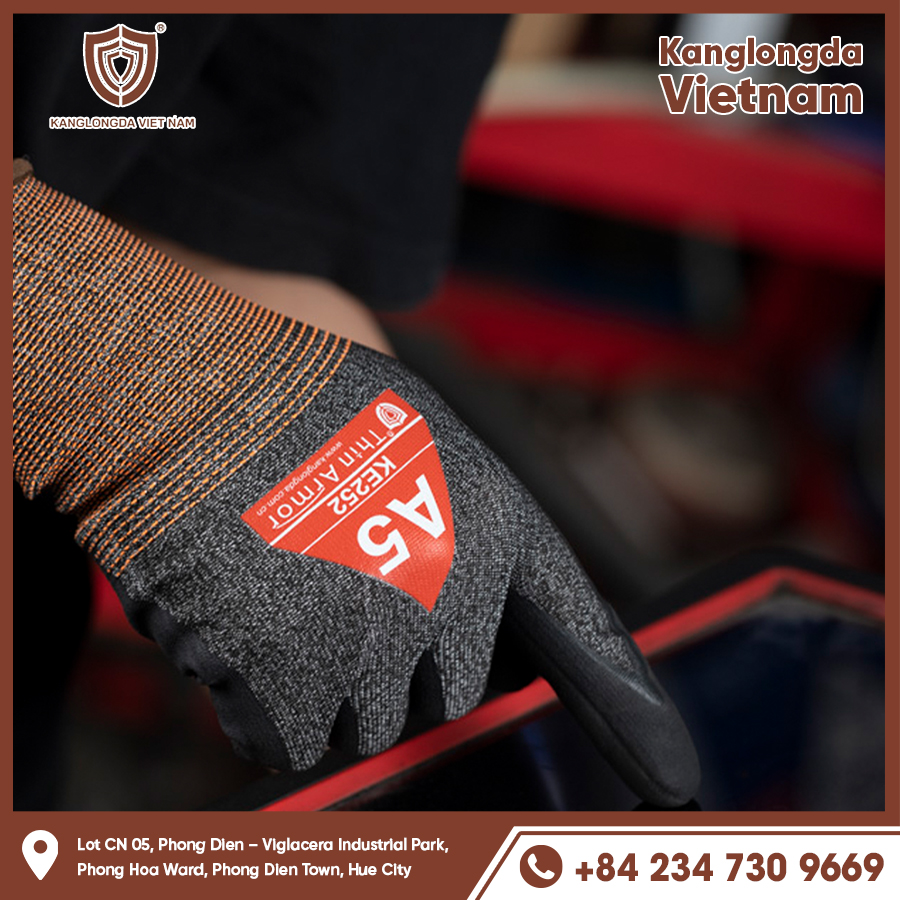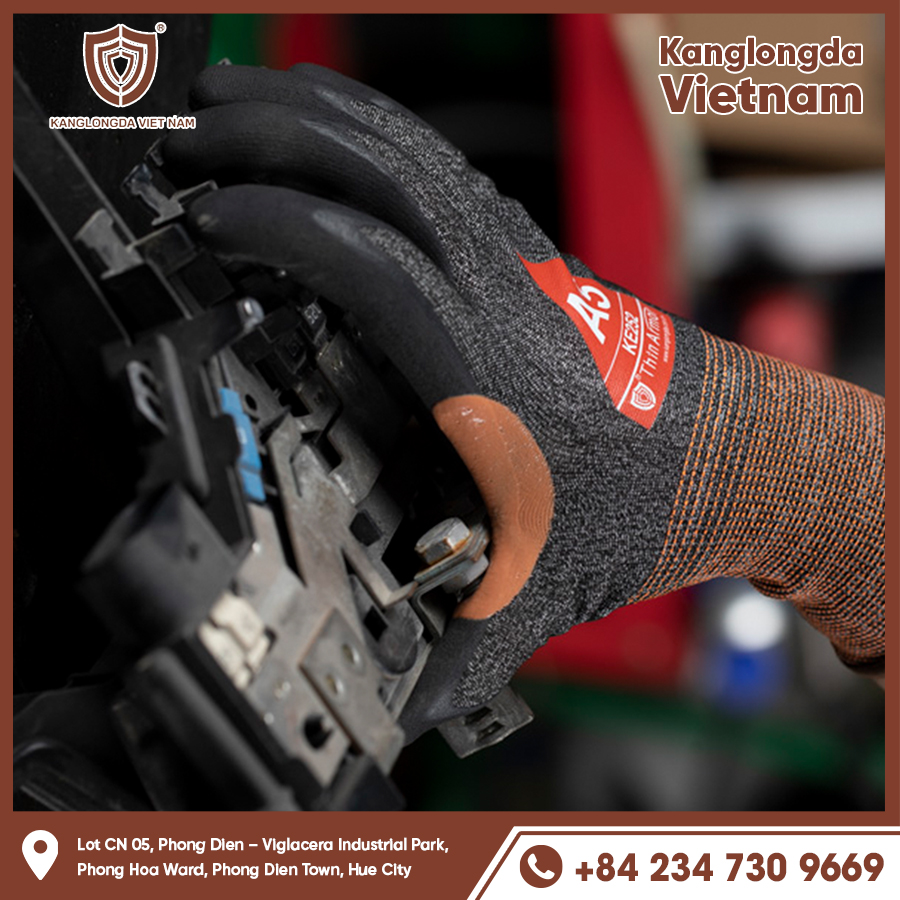Gloves are essential accessories that serve multiple purposes—whether for protection, fashion, or specific activities. They shield our hands from cold, chemicals, injuries, or simply complete an outfit. With a wide range of available today, it’s important to understand the different types, materials, and how to choose the right pair for your needs. This guide explores the many facets of, from their primary functions and popular materials to tips on usage and maintenance. Whether you need gloves for sports, work, medical use, or style, this comprehensive overview will help you make informed decisions.

Understanding Gloves and Their Importance
Definition and Basic Purpose
Gloves are coverings worn on the hands that provide protection, warmth, or improved grip. They can range from thin, flexible materials to heavy-duty insulated designs depending on their intended use. Their fundamental role is to act as a barrier between the skin and environmental elements or hazards.
Historical Evolution
Have been used for thousands of years, originally serving as protection for warriors or as a status symbol. Over time, they evolved into practical tools for workers, athletes, and fashion enthusiasts. Their designs and materials have advanced significantly, adapting to the needs of various industries and lifestyles.
Why Gloves Are Essential Today
Modern serve a variety of critical roles—from protecting healthcare workers against contamination, to helping athletes maintain grip and prevent injuries. In industrial settings, shield hands from chemicals, cuts, and heat. Even in everyday life, keep hands warm and clean. Choosing the right glove is crucial for safety, performance, and comfort.
Types of Gloves for Different Uses
Work Gloves
Work gloves are designed to protect hands during labor-intensive tasks. They often feature durable materials like leather or reinforced fabrics. Common types include construction, mechanic, and gardening. These help prevent cuts, abrasions, and exposure to harmful substances while improving grip and comfort.
Sports Gloves
Sports gloves are specialized to enhance performance and protection in athletic activities. For example, cycling provide cushioning and grip; golf improve club control; and skiing offer insulation against cold and moisture. The design prioritizes flexibility, breathability, and durability to support different sports demands.
Medical and Disposable
Medical, typically made of latex, nitrile, or vinyl, are essential for hygiene and safety in healthcare and laboratory environments. They prevent contamination and protect both the wearer and patients from infections. Disposable are also widely used in food service and cleaning industries to maintain sanitary conditions.
Popular Materials Used in Gloves
Leather Gloves
Leather gloves are prized for their durability, flexibility, and classic appearance. They provide excellent protection against abrasions and some heat, making them ideal for work and casual wear. Different types of leather—such as cowhide, goatskin, or deerskin—offer varying softness and strength.
Synthetic Materials
Many gloves are made from synthetic fibers like nylon, polyester, or neoprene. These materials often provide water resistance, stretchability, and breathability. Synthetic are commonly used in sports, industrial work, and as liners under heavier for added insulation.
Rubber and Latex
Rubber and latex are essential in medical and cleaning settings. They offer excellent waterproofing and chemical resistance. While latex provides a snug fit and high sensitivity, nitrile are a hypoallergenic alternative preferred by those allergic to latex.

Benefits of Wearing Gloves
Protection from Injuries and Hazards
Gloves form a vital shield against cuts, burns, chemical exposure, and other hazards. In workplaces such as factories, labs, or construction sites, they reduce the risk of hand injuries that could be severe or debilitating.
Enhanced Grip and Performance
Gloves designed for sports or manual tasks improve grip by providing friction and cushioning. This can enhance control and reduce hand fatigue. For instance, climbing protect skin and improve hold on rough surfaces.
Comfort and Temperature Regulation
In cold environments, insulated keep hands warm and prevent frostbite. Conversely, breathable prevent sweating and overheating during intense activities. Wearing the right glove helps maintain hand health and comfort across seasons.
How to Choose the Right Gloves
Consider Your Specific Needs
Identify the primary purpose of the gloves—whether for protection, warmth, hygiene, or fashion. Different tasks require with particular features such as heat resistance, waterproofing, or tactile sensitivity.
Size and Fit Matter
Gloves should fit snugly without restricting movement. Ill-fitting can impair dexterity, cause discomfort, or fail to provide adequate protection. Measure your hand circumference and length for the best fit and consult sizing charts.
Evaluate Durability and Maintenance
Look for made with durable stitching and quality materials suited to your activity. Consider ease of cleaning and whether are disposable or reusable. Proper maintenance extends glove life and ensures continuous protection.
Tips for Proper Glove Care and Maintenance
Cleaning Different Types of Gloves
Leatherrequire gentle cleaning with specialized leather conditioners to maintain softness and durability. Synthetic can usually be washed with mild detergent. Disposable should never be reused. Proper cleaning prevents degradation and odors.
Storage Best Practices
Store gloves in a cool, dry place away from direct sunlight and moisture. Keeping them flat or hanging preserves shape and prevents creases or cracks. Avoid folding or crumpling, especially leather ones.
When to Replace Your
Inspect
regularly for signs of wear such as holes, thinning, or broken seams. Replace immediately if they no longer provide adequate protection or comfort. Using compromised can increase injury risk or reduce effectiveness.
Common Mistakes When Using Gloves
Using the Wrong Gloves for the Task
Wearing not designed for your specific activity compromises safety and performance. For example, using fabric when handling chemicals can cause severe injuries.
Neglecting Proper Fit and Comfort
Poorly fitting reduce hand mobility and increase fatigue. Avoid gloves that are too tight or too loose to maintain maximum dexterity and protection.
Ignoring Maintenance and Replacement
Wearing worn-out or failing to clean them can reduce protection and harbor bacteria. Regular inspection and care are essential for glove effectiveness.

Gloves are indispensable accessories that provide protection, enhance performance, and add comfort across a variety of activities. Understanding the different types, materials, and how to select and care for gloves will help you choose the best pair for your needs. Whether you need them for work, sports, medical use, or fashion, investing in quality and maintaining them properly ensures safety, durability, and satisfaction.






